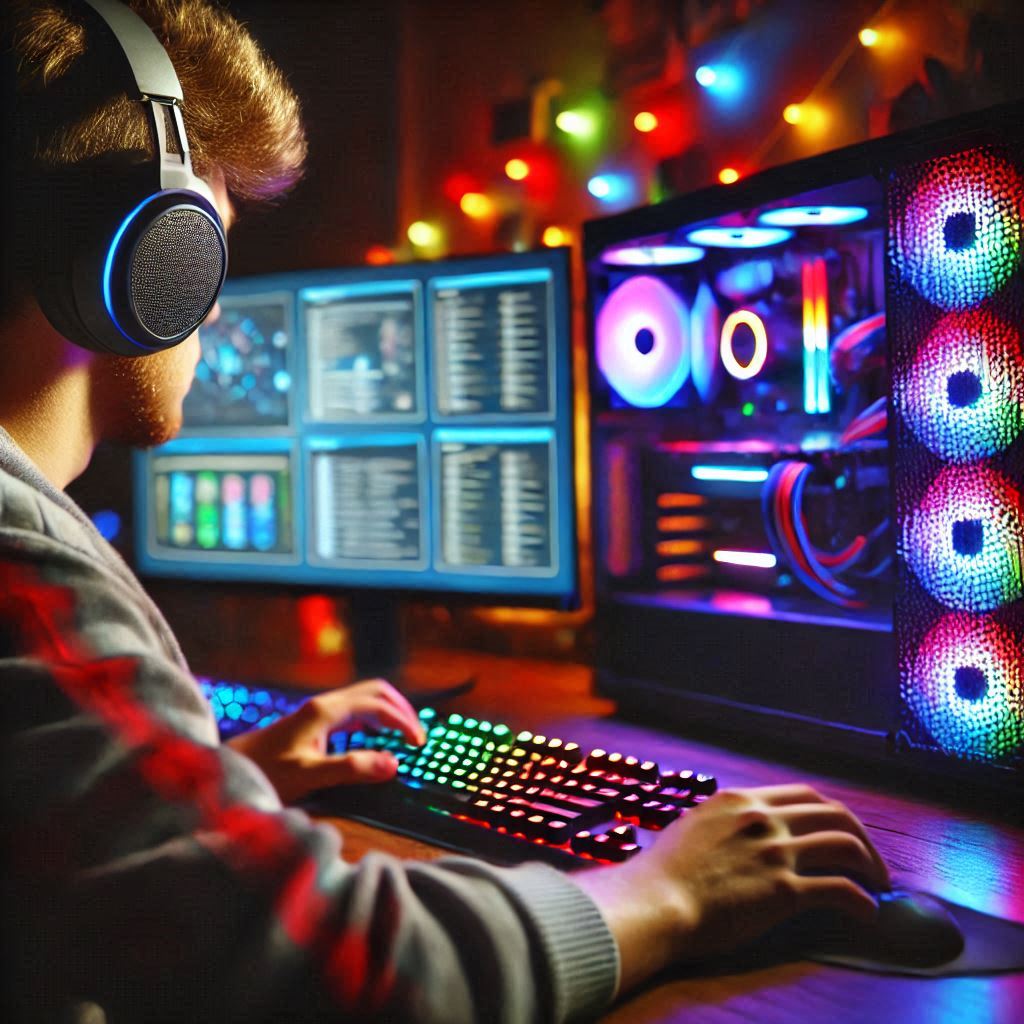How to Check If Your Settings Are Optimized for Game
Introduction
Gaming performance is all about striking the perfect balance between visuals and performance. If your settings aren’t optimized, you might deal with lag, stuttering, or even crashes mid-game. Worse, you might not even be aware that your setup is underperforming. This guide will help you ensure that your gaming settings are dialed in for the best experience, no matter your hardware or platform.

Hardware and System Requirements
Understanding Your Game’s System Requirements
Every game comes with specific system requirements, including minimum and recommended specifications. Meeting only the minimum requirements might result in a subpar experience, while recommended specs ensure smooth gameplay. Check your game’s official website or platform store for this information.
Checking Your PC or Console Specifications
To determine if your system is up to par:
- PC Users: Open “Settings” > “System” > “About” to view your processor, RAM, and system type. For graphics cards, check the Device Manager or use tools like GPU-Z.
- Console Users: Specifications are often fixed, so ensure your console supports the game by checking its official documentation.
Upgrading Essential Hardware Components
If your system doesn’t meet the requirements, consider upgrading:
- Graphics Card (GPU): Crucial for rendering visuals.
- RAM: At least 16GB is recommended for modern games.
- Processor (CPU): Multi-core CPUs handle complex tasks better.

Graphics Settings Optimization
Resolution and Refresh Rate
Your monitor’s resolution and refresh rate significantly impact performance. Choose settings like 1920×1080 for high FPS on mid-tier systems. For advanced setups, 1440p or 4K might be feasible but expect lower FPS.
Adjusting Texture Quality
Texture quality determines how detailed game objects appear. Lowering this setting reduces GPU load, helping improve FPS without major visual sacrifices.
Anti-Aliasing and Shadows
Anti-aliasing smooths jagged edges but can be resource-heavy. Experiment with FXAA or TAA for a balance between quality and performance. Similarly, lowering shadow settings can drastically improve FPS.
Using Auto-Optimize Features
Software like NVIDIA GeForce Experience or AMD Adrenalin can scan your hardware and automatically adjust in-game settings for optimal performance.

In-Game Settings
FPS and Performance Monitoring
FPS (frames per second) directly indicates your game’s performance. Use overlays from software like MSI Afterburner or Steam’s FPS counter to monitor performance while tweaking settings.
Adjusting Audio for Gaming
Good audio can make or break your experience. Use surround sound for immersive gameplay, especially in FPS or adventure games. If you don’t have surround sound, stereo with enhanced bass often works well.

Internet Connection and Network Settings
Importance of Low Latency and High Bandwidth
For online gaming, low latency is critical. Aim for a ping below 50ms. Use tools like Speedtest to check your connection.
Optimizing Router Settings
Enable Quality of Service (QoS) on your router to prioritize gaming traffic. Position your router closer to your gaming device to reduce signal interference.
Wired vs. Wireless Connections
For consistent performance, wired Ethernet connections are superior to Wi-Fi. If wired isn’t an option, invest in a high-speed gaming router.

Controller and Peripheral Settings
Customizing Keybinds and Sensitivity
Personalized controls make gaming intuitive. Many games allow you to remap keys and adjust mouse or joystick sensitivity for precision.
Peripheral Drivers and Firmware
Always update the drivers for your mouse, keyboard, and controllers. Outdated drivers can cause lag or unresponsiveness.

System Optimization Tips
Closing Background Applications
Some apps like browsers or music players can hog system resources. Use Task Manager to close unnecessary programs before launching your game.
Updating Drivers and Software
Keep your GPU drivers up-to-date using software like NVIDIA GeForce Experience or AMD Adrenalin. Updated drivers often include optimizations for new games.
Enabling Game Mode on Windows
Windows’ Game Mode disables non-essential background processes, ensuring maximum resources for gaming. Activate it under “Settings” > “Gaming.”

Testing and Refining Settings
Running Benchmark Tests
Tools like 3DMark or Heaven Benchmark simulate gaming conditions and identify performance bottlenecks.
Identifying Bottlenecks
A bottleneck can be your GPU, CPU, or even RAM. Analyze benchmark results to decide what needs upgrading or tweaking.
Fine-tuning After Gameplay
After playing, adjust settings based on specific issues like stuttering, frame drops, or overheating.

Conclusion
Optimizing your gaming settings involves understanding your hardware, adjusting in-game configurations, and ensuring smooth connectivity. You can achieve an immersive gaming experience without sacrificing performance or visuals with the right tweaks.
FAQs
- What’s the ideal FPS for smooth gaming?
Most games run best at 60 FPS, but competitive gamers prefer 120 FPS or higher. - How often should I update my drivers?
Update GPU drivers every month or when a major game release happens. - Are wired internet connections always better for gaming?
Yes, they provide a stable and faster connection compared to Wi-Fi. - Can third-party software help optimize my settings?
Yes, tools like NVIDIA GeForce Experience or AMD Adrenalin are excellent for automatic optimizations. - What’s the best resolution for gaming?
For most setups, 1920×1080 is ideal. High-end systems can handle 1440p or 4K.